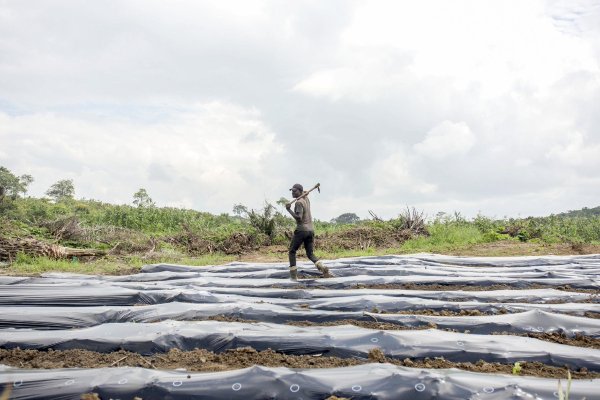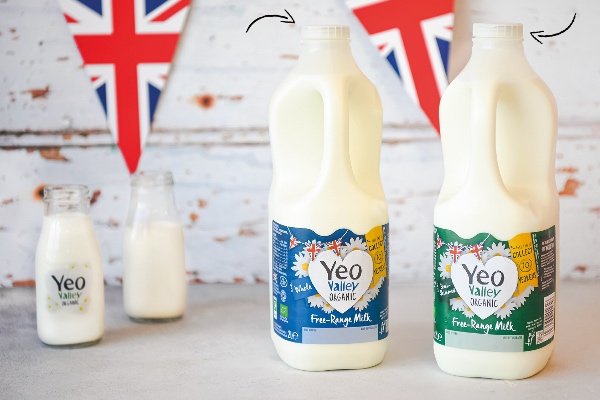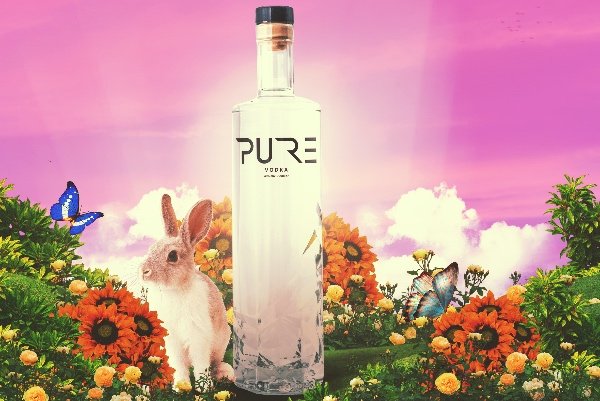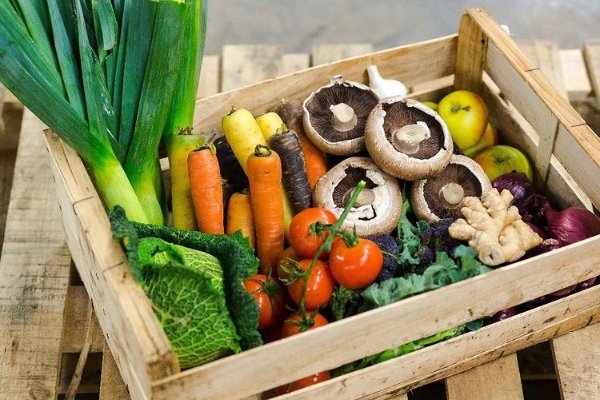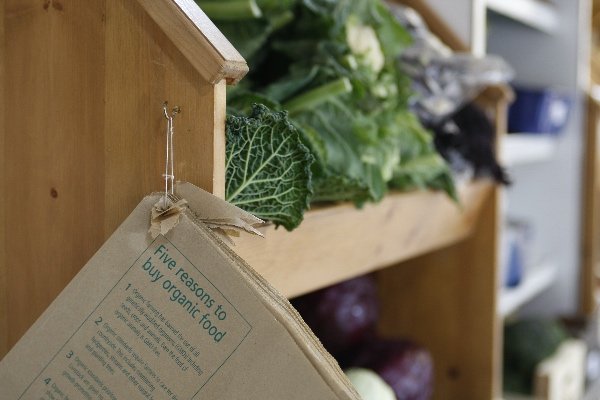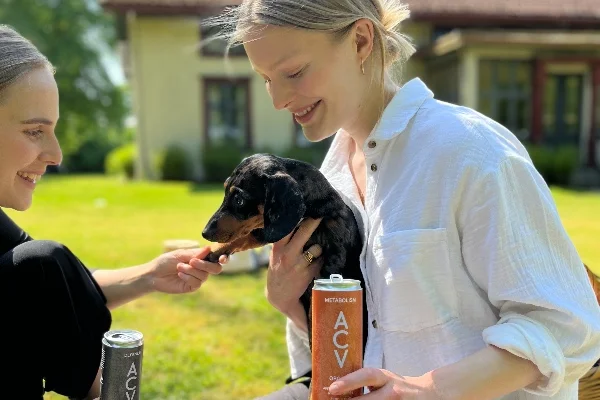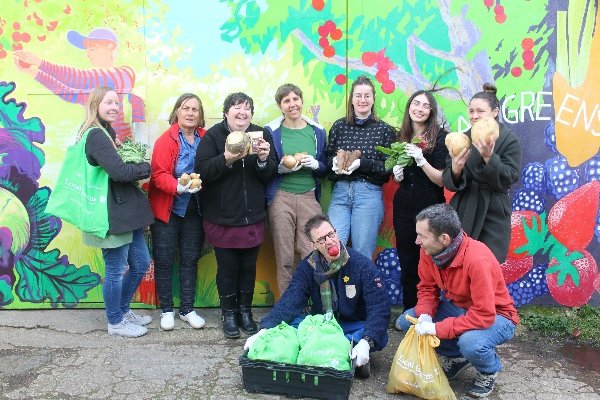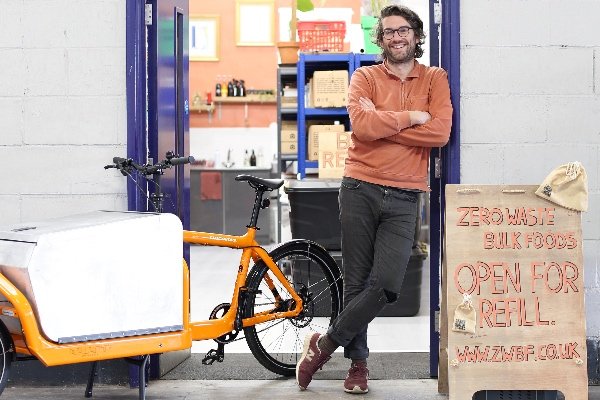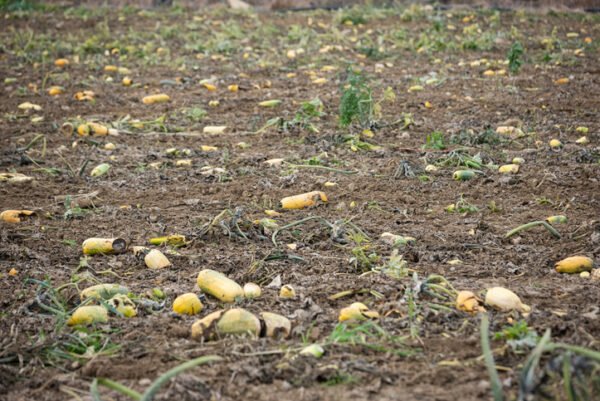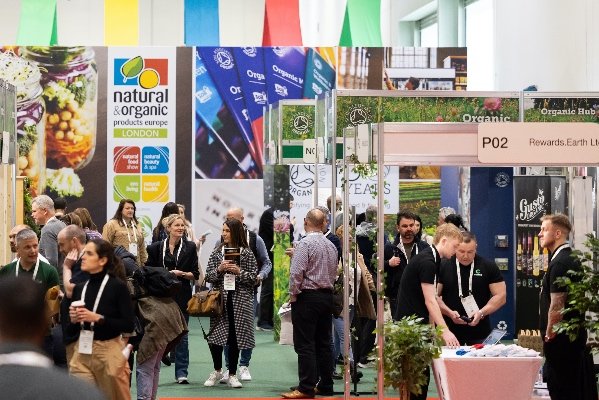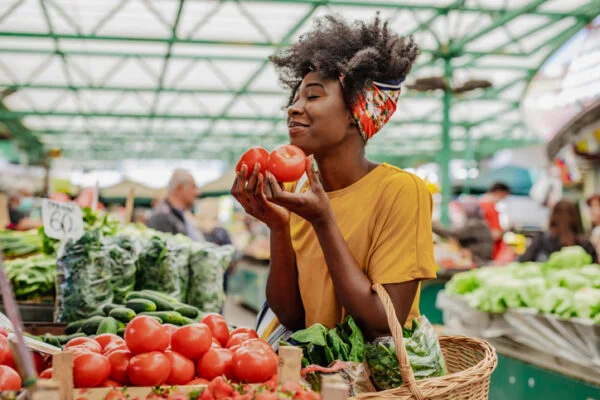‘This report serves as a loud call to coordinated and decisive action to facilitate good management practices and curb the disastrous use of plastics across the agricultural sectors.’
MARIA HELENA SEMEDO
FAO Deputy Director-General
The good…
Plastics have become ubiquitous since their widespread introduction in the 1950s, and it is difficult today to envisage life without them.
In agriculture, plastic products greatly help productivity. Mulch films, for instance, are used to cover the soil to reduce weed growth, the need for pesticides, fertiliser and irrigation; tunnel and greenhouse films and nets protect and boost plant growth, extend cropping seasons and increase yields; coatings on fertilisers, pesticides and seeds control the rate of release of chemicals or improve germination; tree guards protect young seedlings and saplings against damage by animals and provide a microclimate that enhances growth.
Plastic products also help reduce food losses and waste, and maintain nutritional qualities throughout myriad value chains, thereby improving food security and reducing greenhouse gas (GHG) emissions.
…The bad and the ugly
Unfortunately, the very properties that make plastics so useful create problems when they reach the end of their intended lives.
The diversity of polymers and additives blended into plastics make their sorting and recycling more difficult.
Being man-made, there are few microorganisms capable of degrading polymers, meaning that once in the environment, they may fragment and remain there for decades.
Of the estimated 6.3 billion tonnes of plastics produced up to 2015, almost 80% has not been disposed of properly.
Once in the natural environment, plastics can cause harm in several ways. The effects of large plastic items on marine fauna have been well documented.
However, as these plastics begin to disintegrate and degrade, their impacts begin to be exerted at the cellular level, affecting not only individual organisms but also, potentially, entire ecosystems.
Understanding microplastics
Microplastics (plastics less than 5mm in size) are thought to present specific risks to animal health, but recent studies have detected traces of microplastic particles in human faeces and placentas.
There is also evidence of mother-to-foetus transmission of much smaller nanoplastics in rats.
While most scientific research on plastics pollution has been directed at aquatic ecosystems, especially oceans, FAO experts found that agricultural soils are thought to receive far greater quantities of microplastics.
Since 93% of global agricultural activities take place on land, there is an obvious need for further investigation in this area.
‘No silver bullets’
The absence of viable alternatives makes it impossible for plastics to be banned. And there are no silver bullets for eliminating their drawbacks.
Instead, the report identifies several solutions based on the 6R model (refuse, redesign, reduce, reuse, recycle and recover).
Agricultural plastic products identified as having a high potential for environmental harm that should be targeted as a matter of priority include non-biodegradable polymer coated fertilisers and mulching films.
The report also recommends developing a comprehensive voluntary code of conduct to cover all aspects of plastics throughout agrifood value chains and calls for more research, especially on the health impact of microplastics and nanoplastics.
 Play Video about This Rock Might Just Save The World
Play Video about This Rock Might Just Save The World Play Video about Play 2 hours of rock
Play Video about Play 2 hours of rock Play Video about Play 2 hours of brook
Play Video about Play 2 hours of brook Play Video about Play 2 hours of sheep
Play Video about Play 2 hours of sheep

















